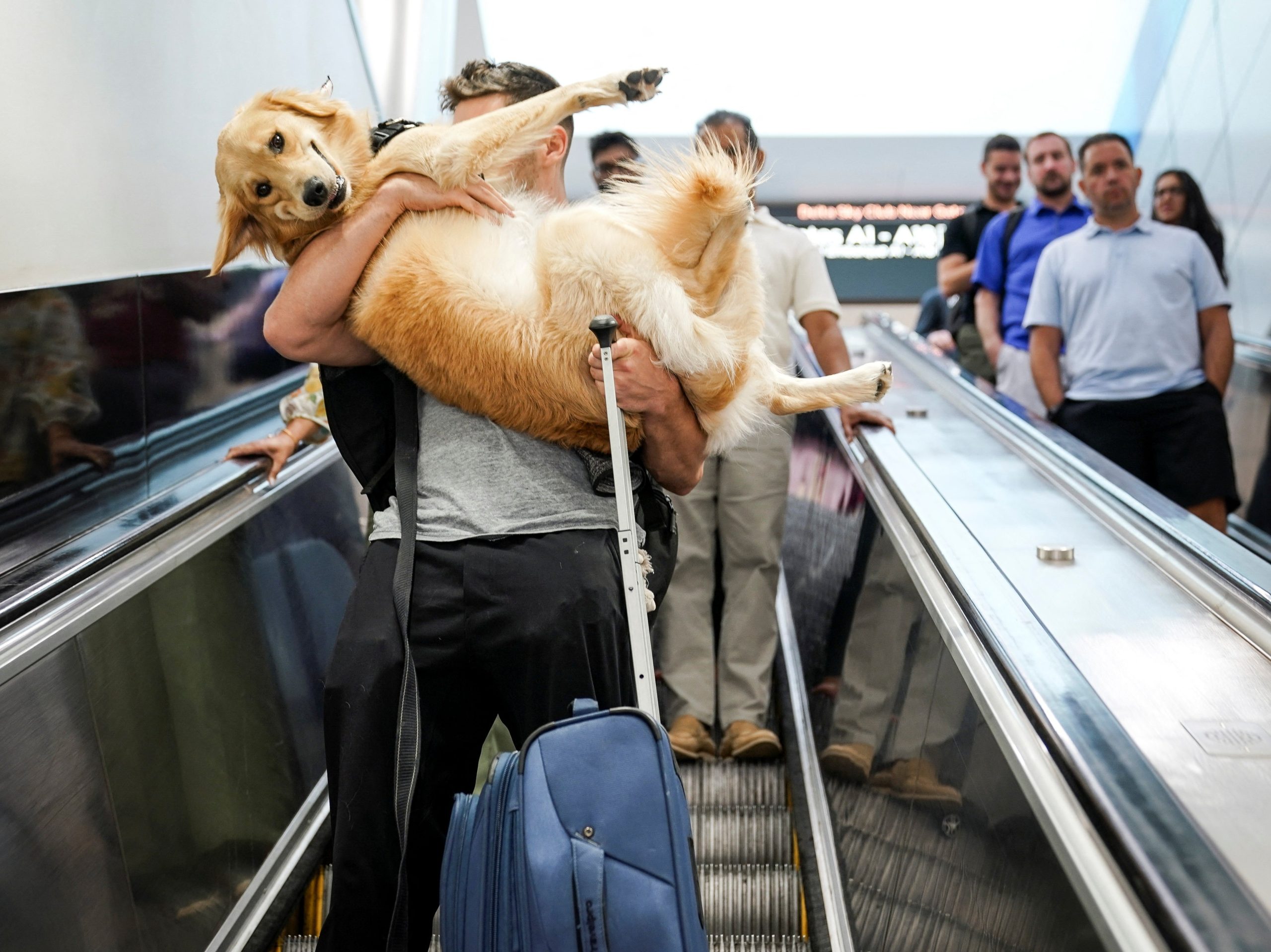Planning a trip to the United States with your furry friend? Take note, as the process is about to become more involved. Strict New Rules Take Effect Aug. 1 for Bringing Your Dog Across the U.S. Border.
US eligibility requirements for travelers to bring dogs
The U.S. Centers for Disease Control (CDC) is implementing stricter regulations for crossing the border with a dog, effective August 1, 2024. These changes aim to enhance public health protection and prevent the spread of rabies and other diseases.

Before embarking on your cross-border adventure with your canine companion, ensure they meet the following eligibility criteria:
Minimum Age: Your dog must be at least six months old to enter the U.S. This restriction aligns with the minimum age for rabies vaccination.
Rabies-Free Status: To safeguard against rabies outbreaks, dogs cannot have visited any of the over 100 rabies-endemic countries within the past six months. This measure helps prevent the introduction of the virus into the U.S.
Documentation Requirements: Unlike previous practices, a simple vet check and vaccination record inspection will no longer suffice. The new system necessitates pre-travel documentation submitted to the CDC between a few days and 10 days prior to your trip. These documents must demonstrate your dog’s health, valid microchip implantation (meeting specific standards), and most importantly, up-to-date rabies vaccination.
How does the decision impact US tourists?
These new regulations are expected to pose challenges for frequent travelers with canine companions.
Increased Complexity: Crossing the border with a dog often involved a simple question and potential inspection of vaccination records. The new system necessitates a veterinarian appointment for completing a specific CDC form. This additional step may add time and inconvenience to the travel process.

Headaches for Frequent Travelers: Mark Belanger, a lawyer specializing in border issues, anticipates the new regulations will be a major inconvenience for regular dog-owning travelers. The requirement for pre-travel documentation and the complexity of the CDC form may discourage frequent border crossings with canine companions.
Microchip Compliance and Information Gaps
The regulations stipulate that implanted microchips must adhere to International Organization for Standardization (ISO) standards. However, the process of verifying chip compatibility remains unclear.

Uncertain Verification Process: Belanger acknowledges the lack of clear instructions on the CDC website regarding ISO microchip verification. The advice provided simply instructs owners to inquire with microchip companies or veterinarians. This lack of clarity may lead to confusion and potential delays at the border.
Additional considerations for the decision
Photo Verification Ambiguity: The new form reportedly requires a recent dog photo (within 10 days), but enforcement details are unclear. It remains uncertain how border officials will verify the authenticity and recency of these photos.
Puppies Excluded: Puppies younger than six months, previously permitted entry with a vet’s health certificate, are no longer eligible to travel to the U.S. This change reflects the focus on rabies prevention, as puppies have not yet reached the minimum age for vaccination.

Planning your next trip with your canine companion to the U.S.? Be sure to familiarize yourself with the upcoming CDC regulations to ensure a smooth and compliant border crossing experience. The DogBot app, provided by the CDC, can also be a helpful resource when navigating these changes. Remember, these regulations are designed to protect public health and prevent the spread of animal diseases. By taking the necessary steps to prepare your dog for entry, you can ensure a safe and enjoyable journey for both of you.